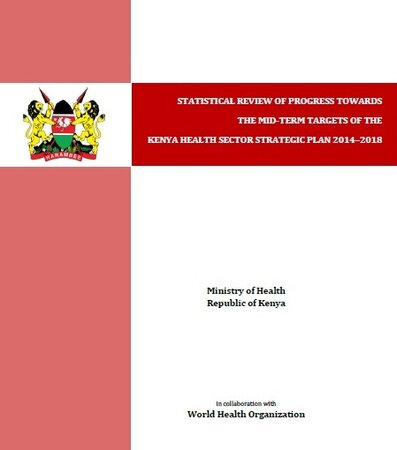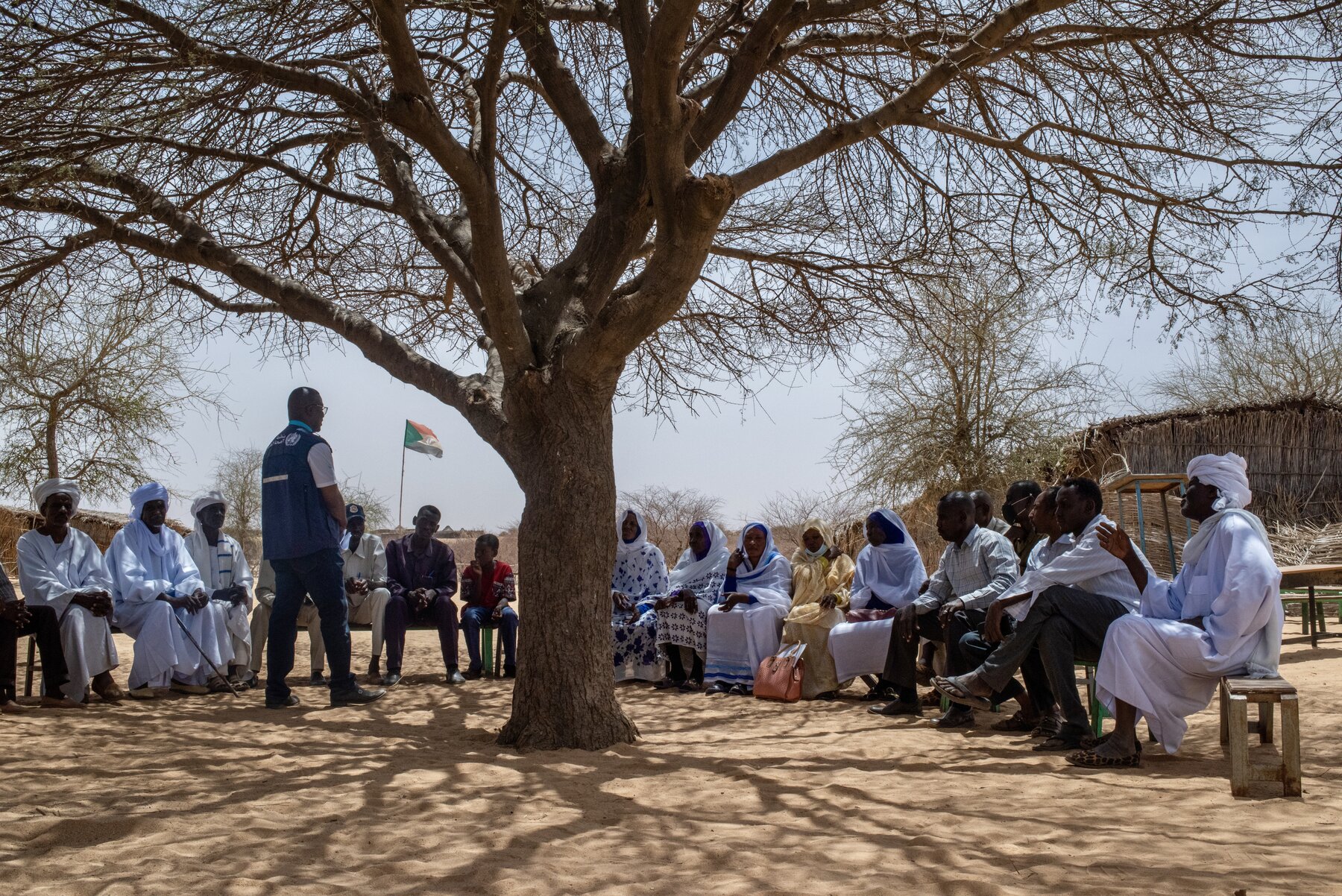Kenya HDC Partners Collaborate on National Health Observatory
10 July 2017

By Dr Isabella Maina, Kenya Ministry of Health
Kenya's Ministry of Health is developing a Kenya Health Observatory (KHO) to improve the availability and use of health information. The observatory is planned to be an open-access one-stop-shop for data and statistics, including research data, and will facilitate active tracking of the state and determinants of health in the country. This is one of the six priorities identified by the Ministry of Health when it launched the Kenya Health Data Collaborative in May 2016.
A mission from WHO headquarters and AFRO region visited the country from 10th of June 2017 to work with the in-country Observatory Technical Working Group to review progress and plan and install the observatory. Key findings from the midterm review of the Kenya Health Sector Strategic Plan 2014-2018 (produced in November 2016) provide the basis for the initial development of the observatory.
A workshop was held with about 20 participants from the Ministry of Health, University of Nairobi, The Kenya Medical Research Institute (KEMRI), World Bank, UNICEF, CDC, Intellisoft, African Institute for Development Policy (AFIDEP), and the WHO Country Office. During the workshop, review of progress with establishment of the observatory, and the content, the host institution, the roadmap, and sustainability plans for the Observatory were discussed. The workshop included a visit to the University of Nairobi to learn about and conduct an inventory of the infrastructure of the Data Service Layer (DSL), a health database that the University of Nairobi, with financial support from USAID, is creating to support the Ministry of Health. The DSL is a repository for health data from different sources. It has inbuilt systems for data quality checks, data analysis and a results visualization layer. Once complete, the DSL will serve as a strong database for the Kenya Health Observatory.
Further discussions took place with the IT department of the MoH to conduct an inventory of the IT infrastructure that will host the observatory. Additionally a visit was made to the Health Emergency Operations Centre with a view to linking or hosting their work on the Kenya Health Observatory.
After the participants of the workshop agreed on the content and the host institution, the team from WHO together with ICT team from the Ministry of Health started work on the design and installation of the web portal at the Ministry of Health.
Kenya has made much progress towards establishing the health observatory. There is very good alignment and strong buy-in from the government and partners including public health and research institutions. Many partners in Kenya, notably UNICEF, Global Fund, USAID, World Bank, University of Nairobi, Jomo Kenyatta University, and Kenya Medical Research Institute (KEMRI) have committed to provide health information products for the observatory. For example, UNICEF has committed to provide the Nutrition Dashboard, and KEMRI has agreed to share their research work on the observatory. The rapid progress and strong buy-in from partners is partly due to the fact that Kenya has embraced the Health Data Collaborative and partners have committed to align their resources and investments to strengthen the national health information system.
Way forward
1. Need for continued technical support: The mid-term review report will also be the basis for a situation analysis to inform the development of the next health sector strategic plan. However, the last data point for the midterm review report is June 2016. An update is therefore needed with new data. The new data include DHIS 2016/17, cohort analyses from HIV and TB, TB prevalence survey, and the work on mortality and morbidity as well as burden of disease done by the Kenya Ministry of Health. Hence continued support to the MoH by all stakeholders is required.
2. Setting the prototype for observatory and further training on management and maintenance of observatory: WHO team has committed to continue work on the design and installation of the observatory. The prototype is expected to be available by the end of July 2017. The team would need to hold further training to the MoH staff on management and maintenance of the observatory.
3. Sustainability of the observatory beyond the seed-funding from WHO is a great concern: The technical working group in Kenya is currently working on a costed plan for the observatory that will facilitate discussions with partners and the MoH.
4. Lastly, to facilitate data and information sharing and rapid deployment of health information onto the national health observatory platforms, there is a need for partners to help develop software for automated analysis and synthesis of health data with a visualization window: The software should be able to pull country-level disaggregated data from different sources into a central repository at national level and have built-in processes for data quality assessment, data quality adjustment, and data analysis and synthesis.

